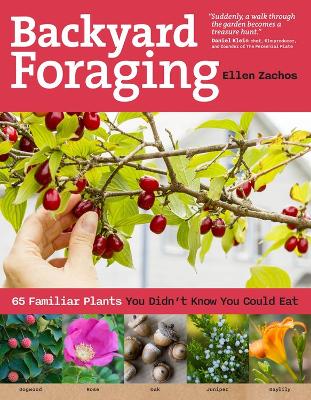Reviewed by nannah on
Don’t get me wrong, it’s interesting, but not really what I was looking for. I don’t have a lot of backyard space I could turn into a garden, edible or otherwise, so I'm not really interested in having to buy plants from a garden center first before being able to harvest. But there is also information about wild plants in here, too, and the information is pretty good! I love the icons at the top of the pages that clearly say what season to go and look for the plants, because foraging is all about living by the seasons.
Something I really didn't like was the author also inserting herself into the guide wherever and whenever possible. Her humor didn't connect with me, but that’s subjective (except for her use of AAVE … it’s not “cute” or funny). Whenever talking about a plant that could be used to make a tea, she had to say how much she disliked tea in general; she always had to say whether or not a plant tasted good or if she personally liked it, wasting precious page space (“Lilacs are a much-loved garden shrub. Admittedly, it’s a heavy scent. I wouldn’t wear it, but I sure love to stick my nose in a bunch of lilac flowers. I don’t get too excited about edible blooms (...) They’re novelty items that offer visual and textural interest at best.”).
However, I really liked the information about how to harvest safely (like avoiding pesticides, down to how far away from the road you can forage), the equipment needed to forage, the section about what books to read next, and the recipes included in the back. It's an okay guide overall, just not what I thought it would be. Which ... fair, I could have read the back first.
Reading updates
- Started reading
- 15 January, 2022: Finished reading
- 15 January, 2022: Reviewed
